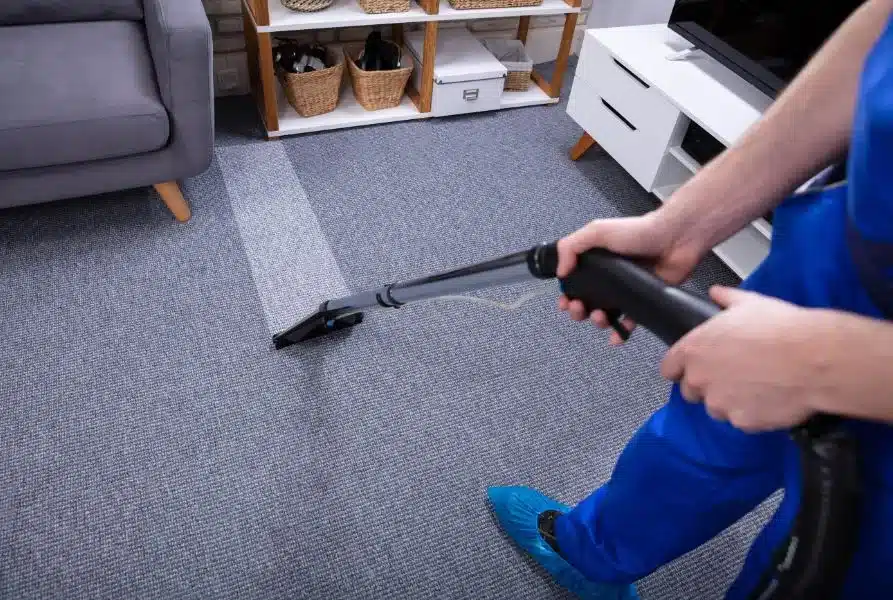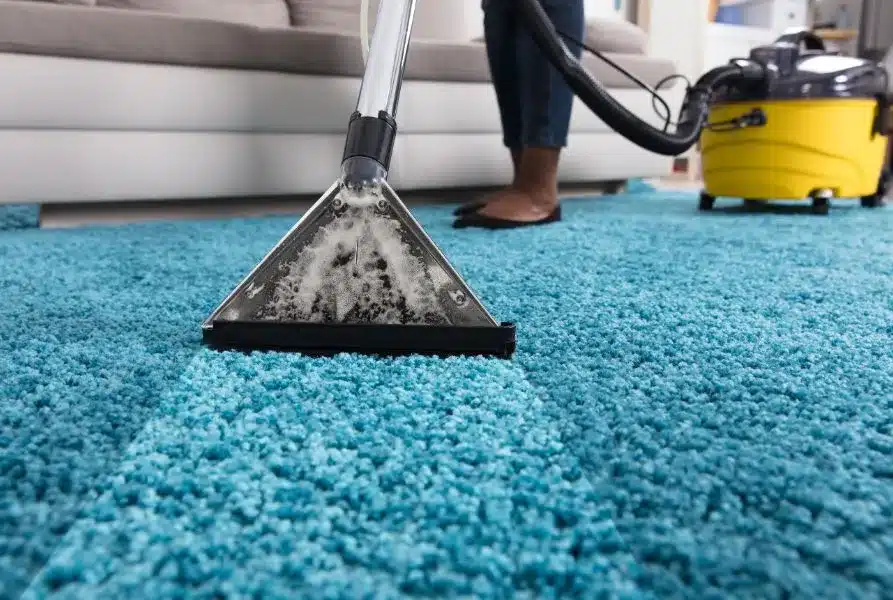
Carpets add warmth, beauty, and comfort to any home—but they’re also magnets for stains. From coffee spills to pet accidents, certain marks seem almost impossible to get rid of. If you’ve ever wondered what are the hardest stains to remove and how to deal with them effectively, you’re in the right place.
In this blog, we’ll discuss the top 5 hardest stains to remove from carpets, along with professional cleaning solutions and expert tips. Whether you’re tackling daily messes or long-set stains, these insights will help you remove hard stains from carpet like a pro.
Why Some Carpet Stains Are Harder to Remove
Before diving into the list, it’s important to understand why some stains cling to carpet fibers more stubbornly than others. Carpets are made from absorbent materials that can trap liquids deep within their fibers. Factors like heat, dye composition, and the pH level of the substance can make certain stains bond permanently if not treated correctly.
For this reason, expert area rug cleaning services employ specific equipment and cleaning solutions to remove stubborn stains without causing harm to delicate fibers.
1. Red Wine Stains
Red wine stains are one of the hardest stains to remove from carpet. The deep pigments in red wine quickly absorb into fibers, leaving a noticeable mark that worsens over time if untreated.
How to Remove:
- Act fast. Don’t rub; instead, use a fresh, dry cloth to blot the spill right away.
- Dilute with cold water to prevent the wine from setting.
- Mix one tablespoon of dish soap, one tablespoon of white vinegar, and two cups of warm water.
- Using a fresh cloth, gently dab the stain with the solution until it disappears.
- Rinse with cold water and blot dry.
Pro Tip: For expensive rugs or delicate materials like silk, avoid DIY attempts. Instead, opt for professional silk rug cleaning to ensure safe and effective stain removal.
2. Pet Urine Stains
Pet accidents are frustrating because they leave both stains and odors. The ammonia in urine can cause discoloration, and if left untreated, bacteria growth can make the smell linger indefinitely.
How to Remove:
- Blot up as much urine as possible using paper towels.
- Mix equal parts white vinegar and water, and spray on the affected area.
- Let it sit for 10–15 minutes before blotting dry.
- Sprinkle baking soda over the spot and vacuum after a few hours to neutralize odors.
Pro Tip: If the smell persists or the stain has soaked deep into the carpet pad, it’s time to call professional area rug cleaning services to extract contaminants completely.
3. Coffee and Tea Stains
Morning coffee spills are a common culprit for tough carpet stains. The tannins in coffee and tea cause deep, brown discoloration that can be very hard to remove once set.
How to Remove:
- Blot the spill immediately with a dry cloth.
- Apply a cleaning solution of two cups warm water, one tablespoon dish soap, and one tablespoon white vinegar.
- Blot the stain gently, working from the outer edges inward.
- Rinse with cold water and blot dry.
Pro Tip: Avoid using bleach or harsh chemicals—they may lighten your carpet unevenly. Regular professional cleaning can help maintain color consistency and prevent staining buildup.
4. Ink Stains
Ink stains can be disastrous for carpets because they contain pigments and solvents that bond quickly with fibers. This makes them one of the hardest stains to remove without professional help.
How to Remove:
- Dampen a clean white cloth with isopropyl alcohol (70–90% concentration).
- Dab—don’t rub—the ink stain gently. You should see the ink transfer to the cloth.
- Repeat with a fresh section of the cloth until the stain fades.
- Rinse with cold water and blot dry.
Pro Tip: Always test alcohol on a hidden area first to ensure it doesn’t damage your carpet’s color. If the stain remains after several attempts, contact experts for deep extraction services.
5. Blood Stains
Blood is the most difficult stains to remove due to its protein content. When exposed to heat, blood coagulates and binds tightly to carpet fibers—making removal even more challenging.
How to Remove:
- Always use cold water, as warm or hot water will set the stain.
- Blot the area with a clean cloth to remove excess blood.
- Mix one teaspoon of dish detergent with two cups of cold water.
- Gently dab the stain until it lifts.
- For dried blood, apply hydrogen peroxide (3%) directly to the stain, let it bubble for a few minutes, and blot clean.
Pro Tip: Carefully handle delicate carpets, like silk or wool. For valuable or antique rugs, rely on professional silk rug cleaning for the best results.
Bonus: Other Hard-to-Remove Carpet Stains
Besides the top five, here are a few more hard to remove carpet stains you may encounter:
- Grease and oil stains: Require solvents to break down the residue.
- Chocolate stains: Contain fats and sugars that harden as they dry.
- Candle wax: Must be gently melted and lifted with a warm iron and paper towel.
These stains demand unique cleaning methods—improper cleaning can make them worse. The secret to keeping your carpets looking their best is routine professional maintenance.
Professional Carpet and Area Rug Cleaning
While DIY methods can help, they may not completely remove hard stains from carpet, especially if the stain has set in or the carpet material is sensitive. Professional cleaners use advanced steam cleaning, dry extraction, and pH-balanced solutions to restore carpets without harming the fibers.
At Area Rug Masters, expert technicians handle everything from everyday spills to specialty care, including silk rug cleaning and deep carpet stain removal. They understand the science behind stain chemistry, fabric types, and the safest techniques for each material.
Tips to Prevent Hard Carpet Stains
- Act Quickly: The sooner you address a spill, the easier it is to clean.
- Blot, Don’t Rub: Rubbing spreads the stain and damages carpet fibers.
- Use the Right Cleaners: Always choose cleaning solutions suitable for your carpet’s fabric type.
- Schedule Regular Professional Cleaning: Prevent buildup and maintain a fresh, stain-free look.
- Use Protective Coatings: Carpet protectants create a barrier against future stains and dirt.
Stains happen—it’s a fact of life. But knowing how to handle them can make all the difference between a temporary blemish and a permanent eyesore.
Whether you’re removing red wine or pet urine, the hardest stains require the right techniques and timely action. While DIY remedies work for minor spills, professional area rug cleaning services are the most effective way to restore your carpet’s beauty and extend its life.
So, next time you face a stubborn stain, don’t panic—act fast, use the proper methods, and call the experts when in doubt. Your carpets will thank you!




